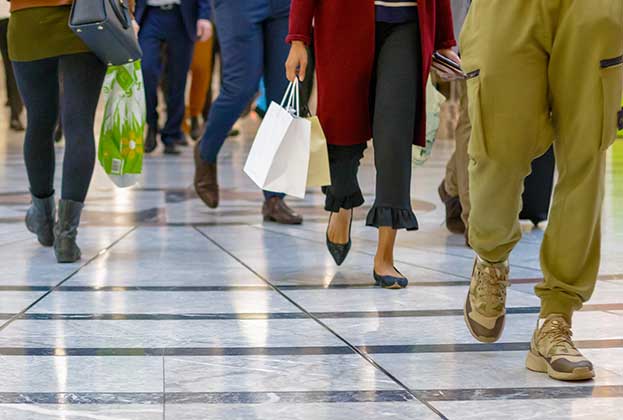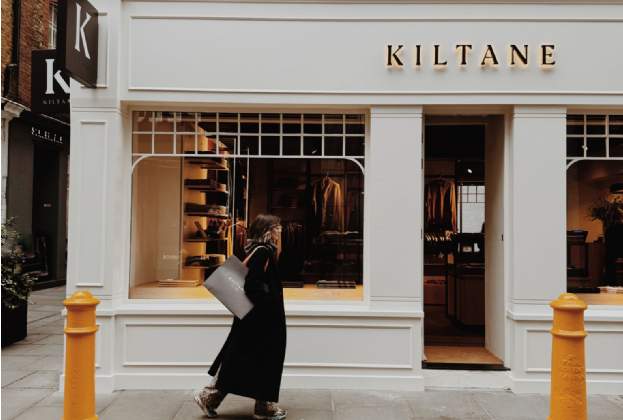Retail has weathered a perfect storm of challenges over the past few years. As the dust begins to settle on the fallout from the pandemic, what do we expect to see in the retail and leisure market as it enters a new era?
1. FLIGHT TO PRIME AND CONVENIENCE
This year we expect to see store sales outperform 2019’s pre-pandemic numbers for the first time, although there will be a distinct polarisation between the best and worst performing locations. ‘Flight to prime’ demand will continue to outstrip supply for the very best retail pitches, resulting in the rightsizing and relocations of major brands.
Additionally, the rise of local and convenience shopping (accelerated by the pandemic) has increased demand for retail space in locations where consumers look to save time and money by shopping more locally, with many commuter towns and high streets performing strongly post-Covid-19.
2. BRAND CONSOLIDATIONS AND ACQUISITIONS
The amalgamation of retailers will enable many brands to continue to strengthen and diversify their offer, as we have already seen from the likes of Next and Frasers Group, which have all made moves into upsizing their stores to house a bigger variety of product. It’s also worth noting that larger store footprints will also significantly benefit from the business rates revaluation from April.
Additionally, more manufacturing brands (such as TAG, Under Armour, Nike and Ribble) are expected to open stores to sell products direct to consumers. This could prove challenging to any retailers currently reliant on sales of these brands.
3. IMPACT OF COST OF LIVING
A squeeze on disposable incomes is likely to influence purchasing behaviour this year. However, recent retailer performance data doesn’t yet align with the notion of consumers cutting back, with many retailers recently reporting positive trading results.
Also, counterintuitively, summer holiday bookings surged in January. While this is a latent response to Covid-19 restrictions, it reflects the increased importance of leisure experiences, perhaps ahead of major retail purchases, which may point to tighter planning of personal finances in 2023.
Despite recessionary concerns, there’s been little evidence so far that growing retailers are holding back on their expansion plans and most of the major retail brands should have the resources to weather a challenging year. However, there is a concern for independent retailers given that they are often more vulnerable to market and economic volatility.
4. GROWTH OF F&B AND LEISURE
We expect to see further expansion of big box leisure operators, already evidenced by the ongoing growth of the likes of Lane 7, Gravity and Roxy. Strong demand for large F&B units in major city centres continues, with a number of successful regional operators expanding further afield into new cities and affluent market towns. Large retail schemes that have seen investment into leisure uses are therefore likely to see the positive impact.
There are, however, some signs that consumers are cutting back on F&B spend and operational costs are hitting operators hard. We expect some market failure for weaker brands in saturated markets, unless government support is increased or extended.
5. UNDERSUPPLY OF OUT-OF-TOWN RETAIL SPACE
The retail warehouse vacancy rate is expected to fall to a record low this year to below 4 per cent, and any unanticipated brand failure would see voids quickly absorbed by new lettings. A pattern may emerge over the next few years where retailers unable to secure space on retail parks will start to seek smaller format opportunities on high streets and shopping centres (as seen with Dunelm and Ikea), but equally high street retailers are increasingly dabbling in out-of-town locations where they can secure space (such as Lush and Mountain Warehouse).
Additionally, the significant demand seen in the drivethru market will continue, in spite of sector business rates increasing by 14.3 per cent in April. This hike reflects the increases to rents seen in the sector in recent years and further growth is expected this year.
Further information
Contact Tom Whittington or Stuart Moncur
(1).jpg)
.jpg)







.jpg)
